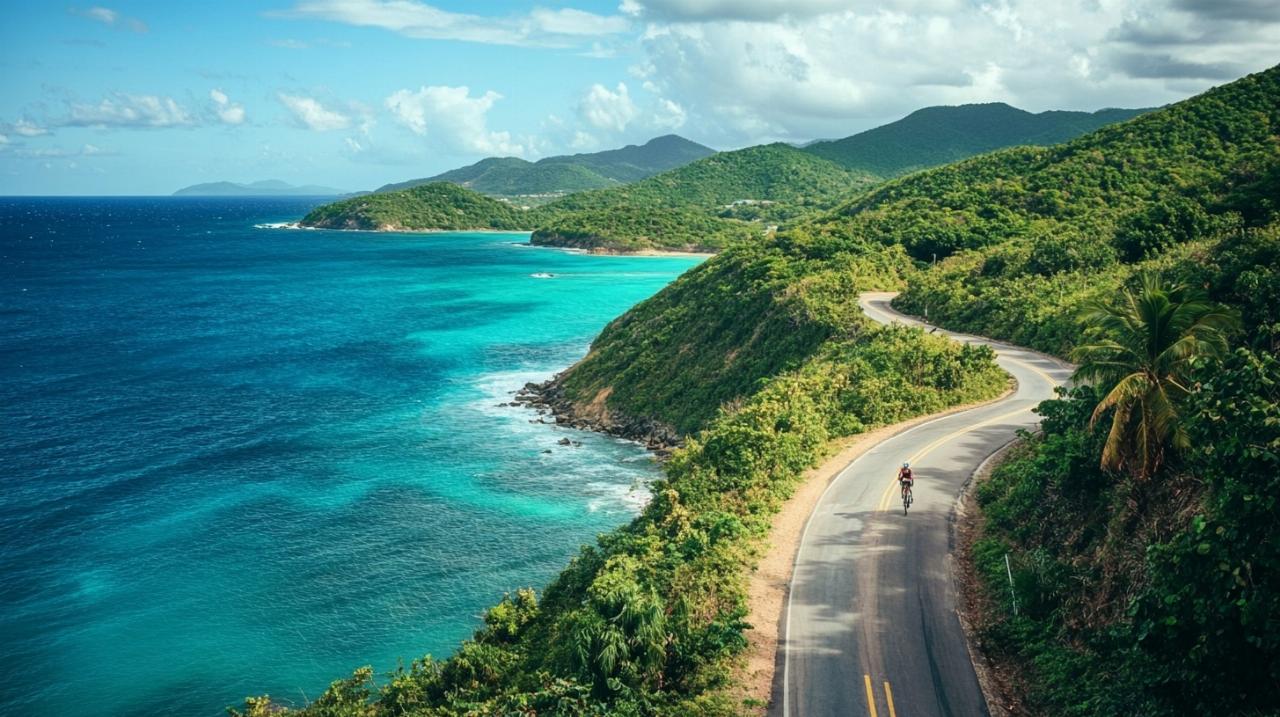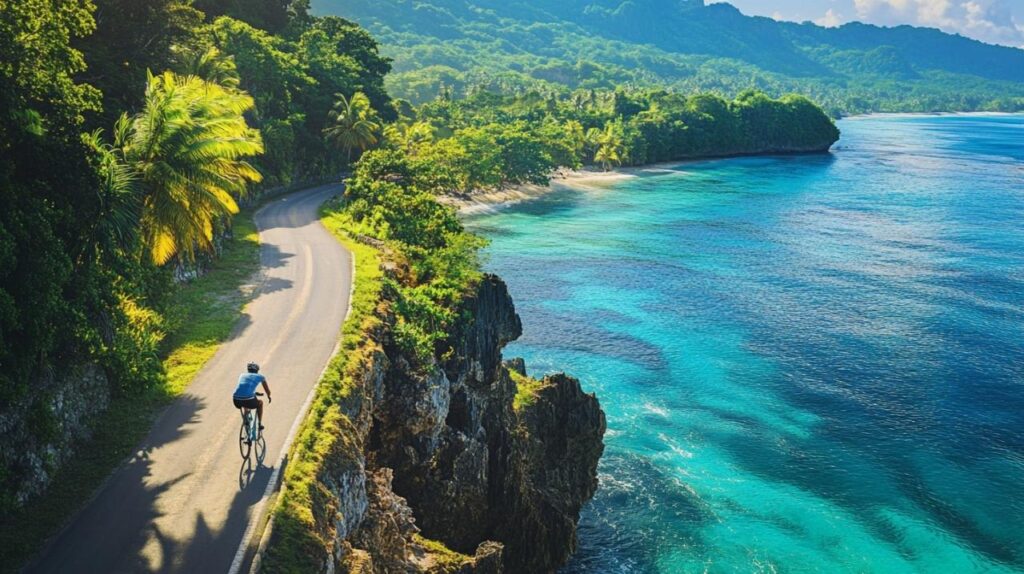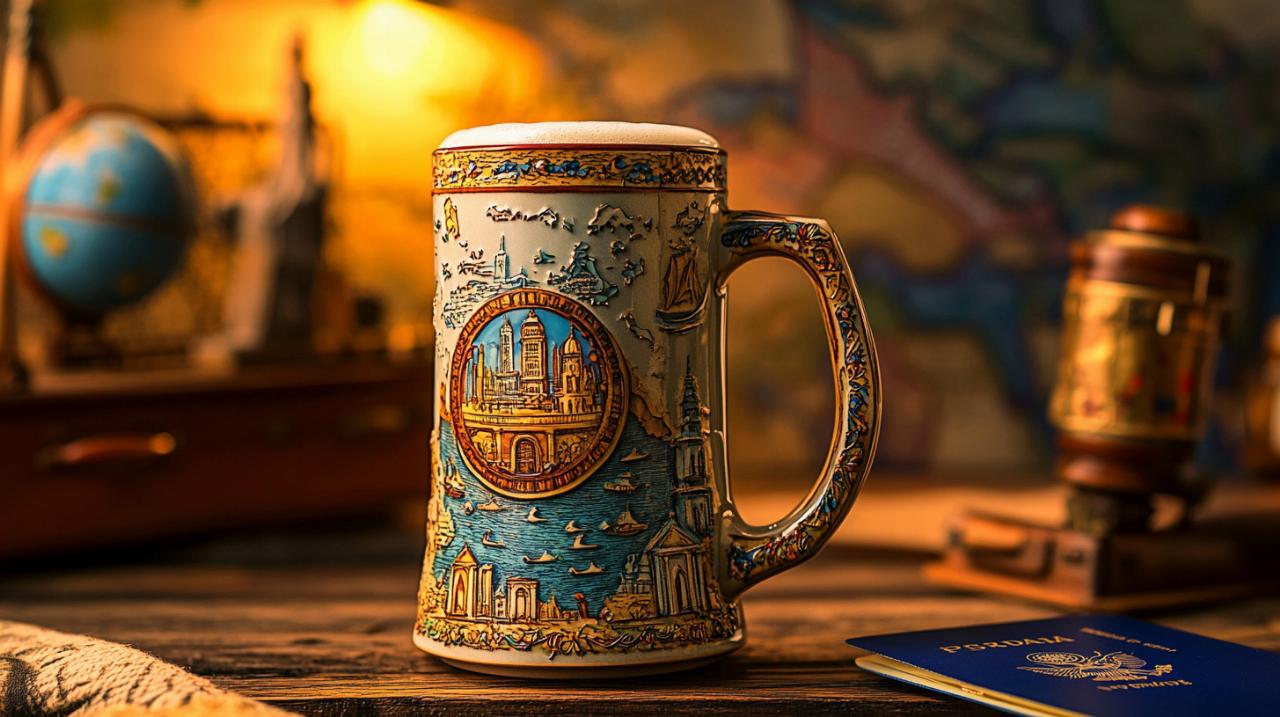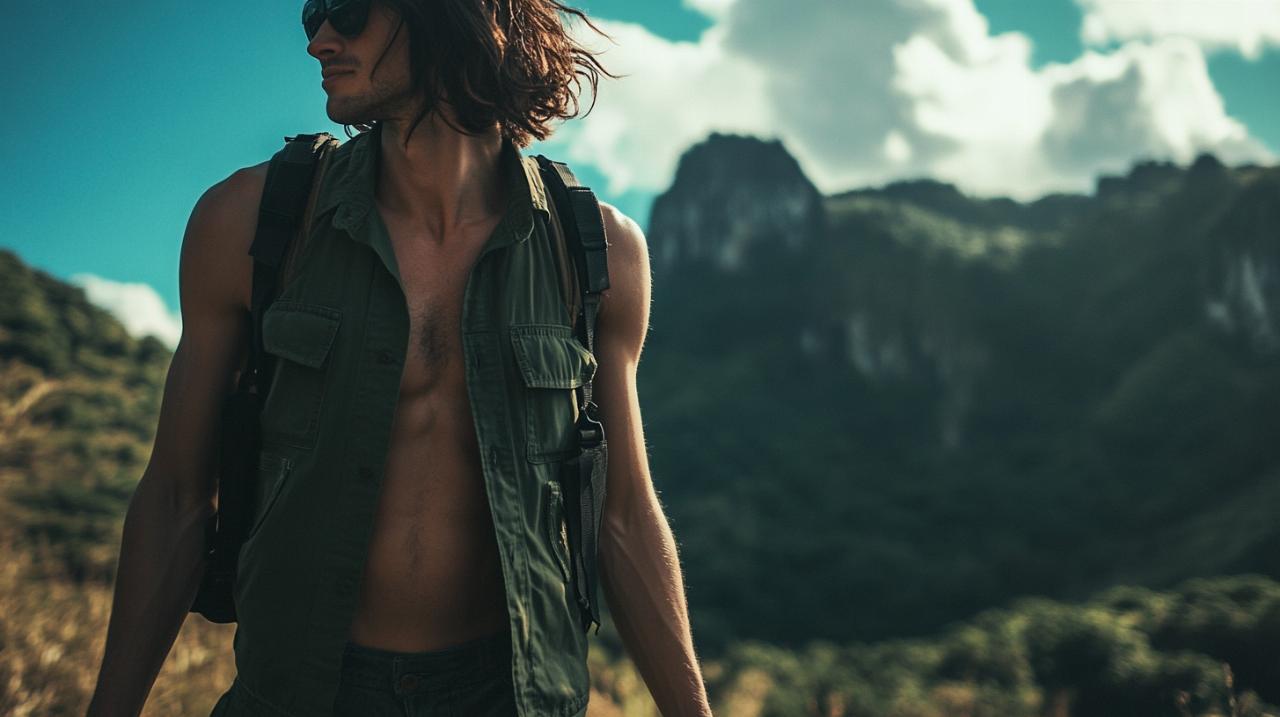Embarking on a cycling tour through the Caribbean islands offers a unique blend of adventure, breathtaking scenery, and cultural immersion that traditional holidays simply can't match. Whether you're an experienced cyclist or simply enjoy casual rides, the Caribbean presents diverse terrains and routes suitable for all abilities. The combination of warm tropical breezes, stunning coastal views, and the rhythm of island life creates an unforgettable holiday experience.
Planning your caribbean cycling adventure
Before setting off on your two-wheeled Caribbean exploration, proper planning is essential. According to the official website of caribbeanbikeadventure.com, the best approach is to research thoroughly and consider booking through established tour operators who specialise in the region. These specialists can provide invaluable guidance on routes, accommodation, and local conditions that might affect your cycling experience.
Best islands for cyclists
Cuba stands out as a premier cycling destination in the Caribbean, offering quiet roads, rich history, and beautiful landscapes. The western loop takes riders through a fascinating mix of vibrant city life and serene countryside with varied terrain suitable for moderate fitness levels. Puerto Rico's coastal route provides mostly flat riding with spectacular ocean views and beach access, making it ideal for cyclists of all abilities. For those seeking a bit more challenge, the Dominican Republic's North Coast features moderate difficulty trails winding through tropical forests and along stunning coastal roads. Costa Rica, while technically in Central America, offers cyclists incredible routes through lush rainforests and picturesque coastlines that nature enthusiasts will adore.
Ideal seasons for caribbean cycling
Timing your Caribbean cycling adventure correctly can make a tremendous difference to your experience. The dry season, stretching from December to April, offers warm weather and clear skies—perfect conditions for cycling. However, this period also coincides with peak tourist season, meaning more crowded roads and higher accommodation prices. The shoulder seasons of May to June and September to November present an excellent compromise, with fewer tourists and more affordable rates, though you might encounter occasional rain showers. For specific destinations like Cuba, cycling tours are most enjoyable during the November to April period when humidity levels are lower and rainfall is minimal.
Essential gear for tropical cycling
 Cycling in the Caribbean requires thoughtful preparation regarding equipment and clothing due to the unique tropical climate. Proper gear selection can significantly enhance comfort and enjoyment during your island adventure. While many tour operators like Intrepid Travel provide quality bike hire, bringing your own hybrid or gravel bike might be advantageous given the sometimes rough road conditions found throughout the islands.
Cycling in the Caribbean requires thoughtful preparation regarding equipment and clothing due to the unique tropical climate. Proper gear selection can significantly enhance comfort and enjoyment during your island adventure. While many tour operators like Intrepid Travel provide quality bike hire, bringing your own hybrid or gravel bike might be advantageous given the sometimes rough road conditions found throughout the islands.
Weather-appropriate cycling kit
The Caribbean climate demands specific clothing considerations for cyclists. Lightweight, moisture-wicking fabrics are essential for managing the high humidity and heat typical of the region. Pack several cycling jerseys and shorts to allow for frequent changes, as you'll likely sweat considerably more than in temperate climates. Sun protection becomes crucial, so include arm sleeves with UV protection, a cycling cap that fits under your helmet, and high-quality sunglasses. Many experienced Caribbean cyclists recommend starting rides early in the morning to avoid the most intense midday heat, especially when tackling challenging routes like those found in Guatemala's Lake Atitlán area with its steep climbs around Mayan villages.
Bike Selection and Maintenance in Humid Climates
The tropical environment presents unique challenges for bicycle maintenance. The combination of humidity, salt air, and occasionally rough roads can accelerate wear on components. If bringing your own bike, hybrid or gravel bikes with wider tyres (at least 32mm) prove ideal for handling the varied surface conditions. Daily maintenance becomes more important than in drier climates—wiping down your chain and reapplying lubricant frequently will prevent premature rusting. For those using tour operators' bikes, companies like Intrepid Travel typically include mechanic support on their organised tours through places like Cuba's Viñales Valley or Panama's canal route. Remember that spare parts might be difficult to find in remote island locations, so carrying essential spares such as inner tubes, a multi-tool, and a compact pump is always wise. Digital navigation can be challenging in some areas, particularly Cuba, where Google Maps reliability is limited—downloading offline maps through alternatives like Maps.me before departure is highly recommended for independent cyclists venturing beyond guided tours.





